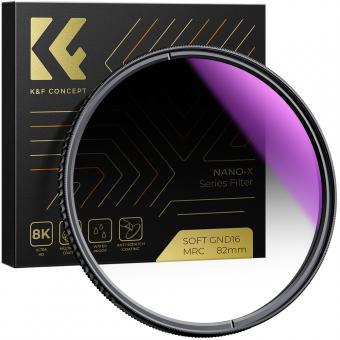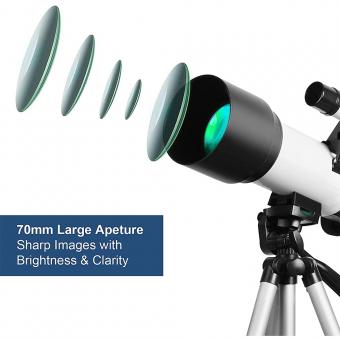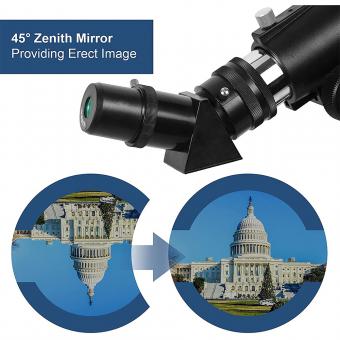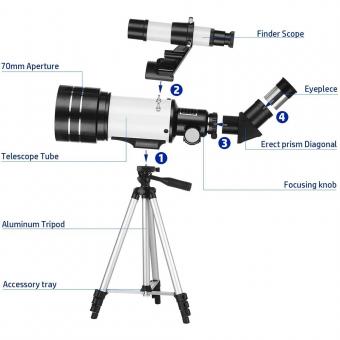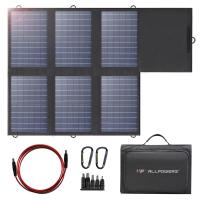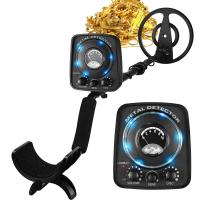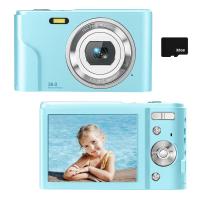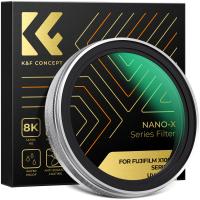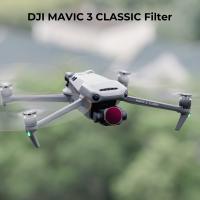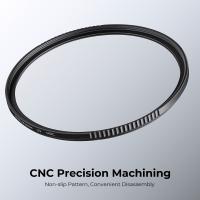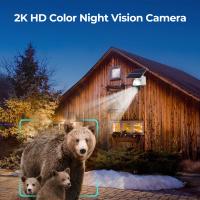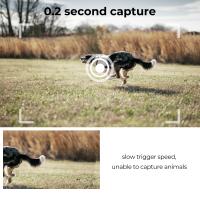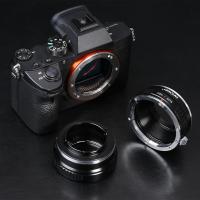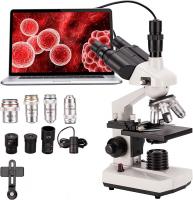What Lens To Use For Night Sky Photography ?
For night sky photography, it is recommended to use a wide-angle lens with a low aperture (f/2.8 or lower) to capture as much light as possible. A focal length of 14-24mm is ideal for capturing the vast expanse of the night sky. Additionally, a lens with good sharpness and minimal distortion is important for capturing clear and accurate images of the stars and Milky Way. Some popular lenses for night sky photography include the Nikon 14-24mm f/2.8, Canon 16-35mm f/2.8, and the Rokinon 14mm f/2.8. It is also important to use a sturdy tripod and a remote shutter release to minimize camera shake and ensure sharp images.
1、 Aperture size and its effect on light gathering
"What lens to use for night sky photography" is a common question among photographers who want to capture stunning images of the stars and the Milky Way. The answer to this question depends on various factors, including the camera body, the desired field of view, and the photographer's budget.
Generally, a wide-angle lens with a fast aperture is ideal for night sky photography. A lens with a focal length of 14-24mm and an aperture of f/2.8 or wider is recommended. This type of lens allows for a wider field of view, which is essential for capturing the vast expanse of the night sky. Additionally, a fast aperture allows for more light to enter the lens, resulting in brighter and more detailed images.
However, it's important to note that the latest point of view suggests that aperture size is not the only factor that affects light gathering. The size of the camera's sensor also plays a significant role. A larger sensor can capture more light, resulting in better image quality, even with a smaller aperture. Therefore, full-frame cameras are preferred for night sky photography as they have larger sensors compared to crop-sensor cameras.
In conclusion, the ideal lens for night sky photography is a wide-angle lens with a fast aperture, preferably with a focal length of 14-24mm and an aperture of f/2.8 or wider. However, it's important to consider the camera body and sensor size as well to ensure the best possible results.
2、 Focal length and its impact on field of view
"What lens to use for night sky photography" is a common question among photographers who want to capture stunning images of the stars and the Milky Way. The answer to this question depends on several factors, including the camera you are using, the location of the shoot, and the effect you want to achieve.
In general, a wide-angle lens with a fast aperture is ideal for night sky photography. A lens with a focal length of 14-24mm is recommended as it allows you to capture a wide field of view and more of the night sky. A fast aperture of f/2.8 or wider is also recommended as it allows more light to enter the lens, resulting in brighter and more detailed images.
However, it's important to note that the choice of lens depends on the effect you want to achieve. For example, if you want to capture a specific constellation or star cluster, a longer focal length lens may be more appropriate. Additionally, if you want to capture a wider field of view, a fisheye lens may be a better option.
It's also worth noting that the impact of focal length on field of view is significant. A shorter focal length lens will capture a wider field of view, while a longer focal length lens will capture a narrower field of view. This means that a wider field of view allows you to capture more of the night sky, while a narrower field of view allows you to capture more detail in a specific area.
In recent years, there has been a growing trend towards using mirrorless cameras for night sky photography. These cameras offer advantages such as smaller size and weight, as well as improved low-light performance. Additionally, some mirrorless cameras have built-in image stabilization, which can be helpful when shooting with longer focal length lenses.
In conclusion, the choice of lens for night sky photography depends on several factors, including the camera you are using, the location of the shoot, and the effect you want to achieve. A wide-angle lens with a fast aperture is generally recommended, but the choice of lens ultimately depends on the photographer's creative vision.
3、 Lens speed and its ability to capture low light
"What lens to use for night sky photography?" The answer to this question is not straightforward as it depends on various factors such as the type of night sky photography you want to capture, the camera you are using, and your budget. However, one of the most important factors to consider when choosing a lens for night sky photography is its speed and ability to capture low light.
Lens speed refers to the maximum aperture of the lens, which determines how much light the lens can gather. A lens with a wider aperture (lower f-number) will allow more light to enter the camera, making it easier to capture the faint light of the stars and the Milky Way. A lens with a maximum aperture of f/2.8 or wider is ideal for night sky photography.
Another important factor to consider is the lens's ability to capture low light. This refers to the lens's ability to produce sharp and clear images in low light conditions. A lens with good low light performance will have less noise and better image quality in low light conditions.
In recent years, there has been a growing trend towards using wide-angle lenses for night sky photography. Wide-angle lenses allow you to capture more of the night sky in a single shot, making them ideal for capturing the Milky Way and other celestial objects. Some popular wide-angle lenses for night sky photography include the Canon EF 16-35mm f/2.8L III USM and the Nikon AF-S NIKKOR 14-24mm f/2.8G ED.
In conclusion, when choosing a lens for night sky photography, it is important to consider its speed and ability to capture low light. A lens with a wide aperture and good low light performance will help you capture stunning images of the night sky.
4、 Image stabilization and its importance for longer exposures
"What lens to use for night sky photography" is a common question among photographers who want to capture stunning images of the stars. The ideal lens for night sky photography is a wide-angle lens with a fast aperture, such as f/2.8 or wider. This allows more light to enter the camera, resulting in brighter and clearer images. A lens with a focal length of 14-24mm is ideal for capturing the vast expanse of the night sky.
However, it's important to note that the lens is just one part of the equation. Other factors such as camera settings, location, and weather conditions also play a crucial role in capturing stunning night sky images.
Another important aspect to consider when shooting longer exposures for night sky photography is image stabilization. Image stabilization helps to reduce camera shake and blur, resulting in sharper images. This is especially important when shooting with longer shutter speeds, as even the slightest movement can cause blur in the final image.
There are two types of image stabilization: in-lens and in-camera. In-lens stabilization is built into the lens itself, while in-camera stabilization is built into the camera body. Both types of stabilization can be effective, but in-lens stabilization tends to be more effective for longer exposures.
In recent years, there has been a growing trend towards using mirrorless cameras for night sky photography. Mirrorless cameras tend to have better image stabilization systems than traditional DSLRs, making them a popular choice for photographers looking to capture sharp and clear night sky images.
In conclusion, when it comes to night sky photography, choosing the right lens and utilizing image stabilization are both crucial factors in capturing stunning images of the stars.


